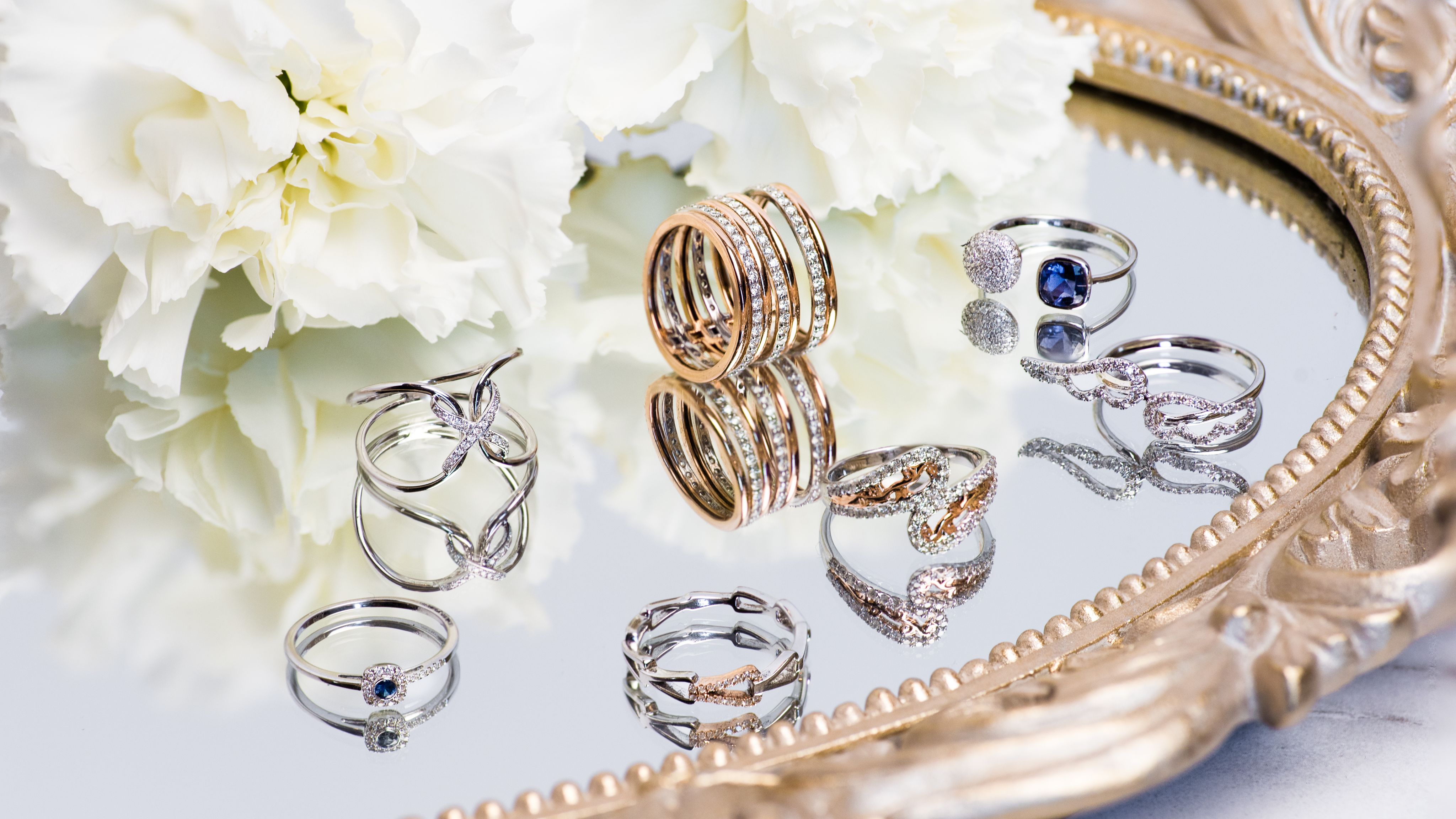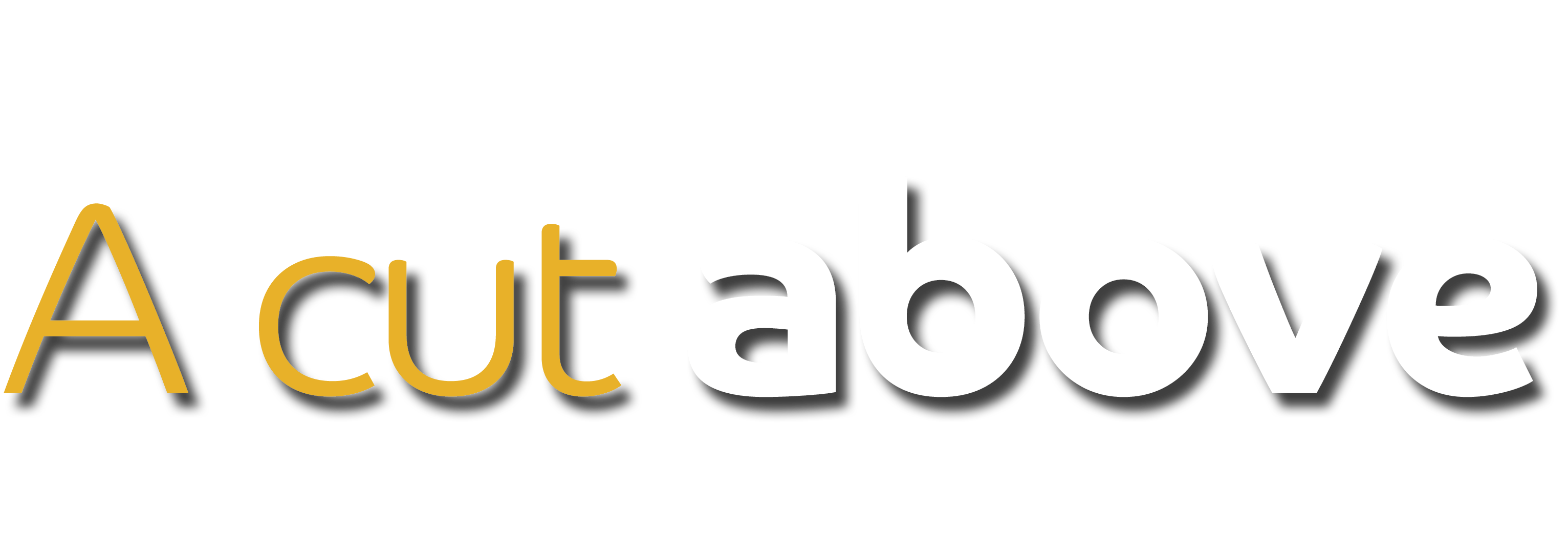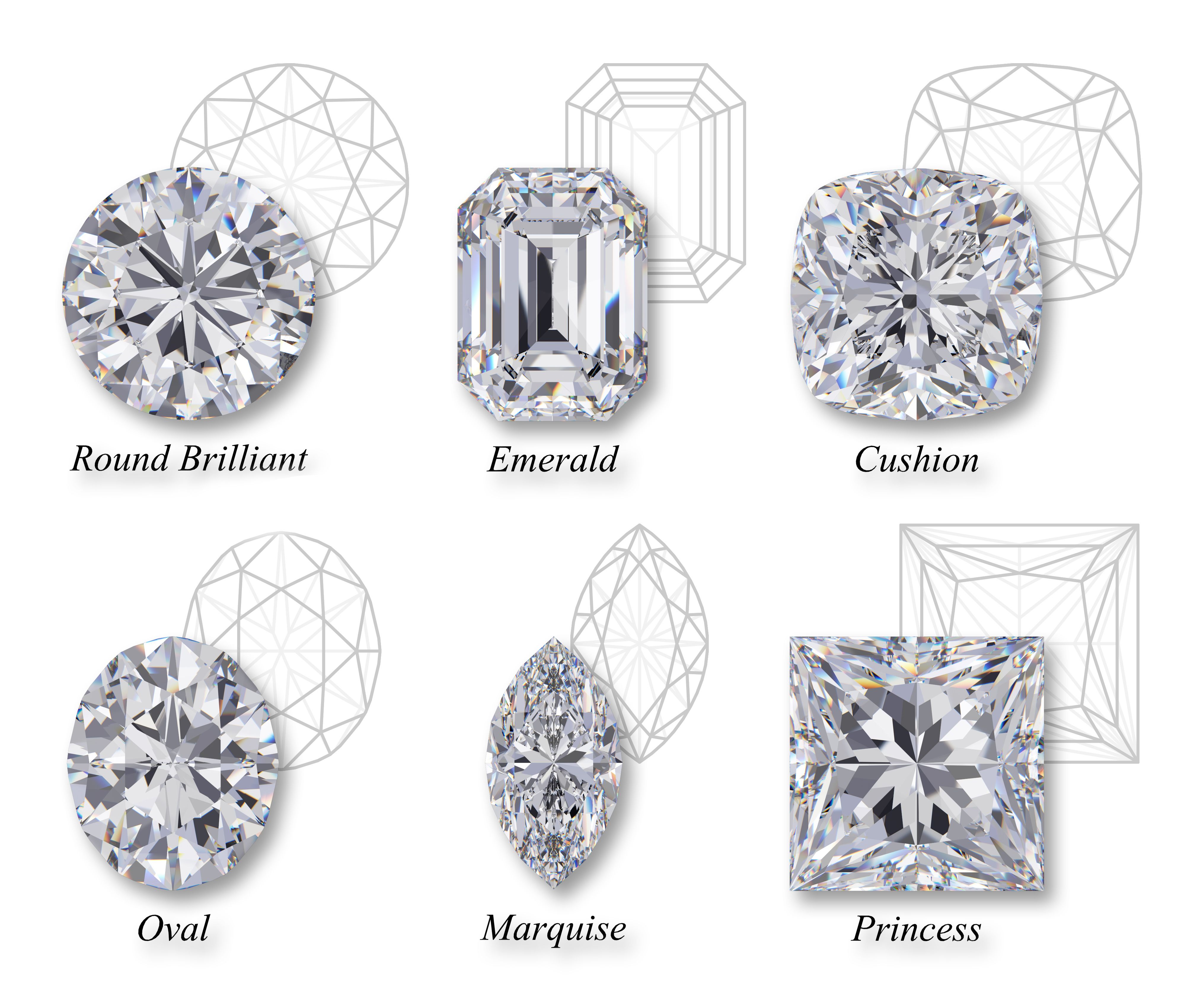Discover the brilliance of popular diamond shapes.

When selecting a diamond, the cut is key to bringing out its sparkle, brilliance, and character.
Each shape offers its own aesthetic while influencing the diamond’s value. Here’s a look at the most popular
cuts, their benefits, and some things you might not have known to bring each shape to life.
Round cut
The round brilliant cut is the most popular choice, making up over 70% of diamonds sold. This classic cut, perfected in the early 1900s, maximises sparkle due to its 57-58 precise facets, which reflect light beautifully. It’s also highly versatile, suiting all jewellery styles and giving an effortlessly timeless look. This cut has the strictest grading system, ensuring the stone’s symmetry and quality.
Princess cut
The princess cut is loved for its modern, square shape and impressive sparkle, achieved through numerous small facets. Often slightly more affordable than round cuts due to the stone’s yield from rough diamonds, it’s a trendy choice that delivers brilliance and value. The princess cut was created in 1979 and remains the second-most popular cut today.
Emerald cut
Distinctive for its rectangular shape and “step cut” facets, the emerald cut offers a refined, vintage appeal. Its broad facets provide a “hall of mirrors” effect, reflecting a more understated sparkle compared to round or princess cuts. Ideal for high-clarity stones, it radiates sophistication and elegance. The emerald cut was originally developed for emeralds, which are more brittle than diamonds, allowing jewellers to cut in a way that minimises pressure.
Cushion cut
Known for its rounded corners and soft square or rectangular shape, the cushion cut resembles a pillow. This cut has been in fashion for over a century, offering a vintage allure. It also hides inclusions well and is available in various facet patterns, making it an adaptable choice.
The cushion cut was once called the “mine cut” because it was hand-cut, with proportions guided by the diamond’s rough shape.
Oval cut
Oval diamonds offer similar brilliance to round cuts but have a unique elongated shape that makes fingers appear longer and more slender. Kate Middleton’s engagement ring, which once belonged to Princess Diana, famously features an oval stone. Oval cuts also look larger per carat than rounds, as they carry more of their weight on the surface.
Marquise cut
Named after the Marquise de Pompadour, this elegant, boat-shaped diamond has the largest crown surface area of any diamond cut, giving the impression of a larger stone. Its distinctive shape makes it a unique choice, bringing a dramatic flair to any setting. The marquise cut was commissioned by France’s King Louis XV, who wanted a diamond cut to match the shape of his mistress’s lips.
You’ll find many of these famous cuts in the jewellery section at your nearest Cash Converters store.
Pay them a visit if you’re looking to find a treasure trove of collector’s items.


